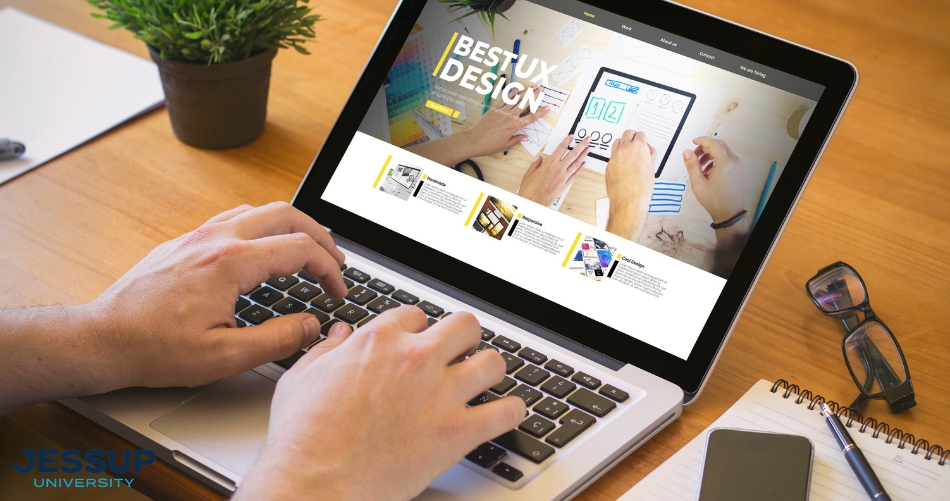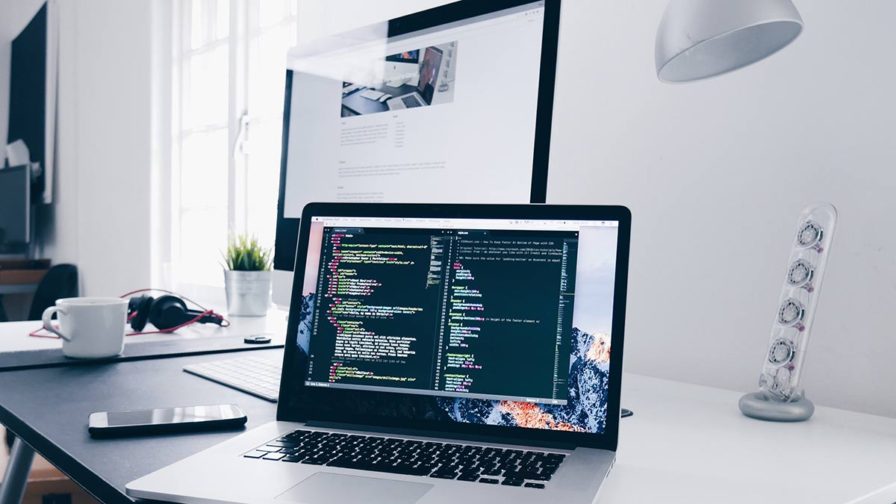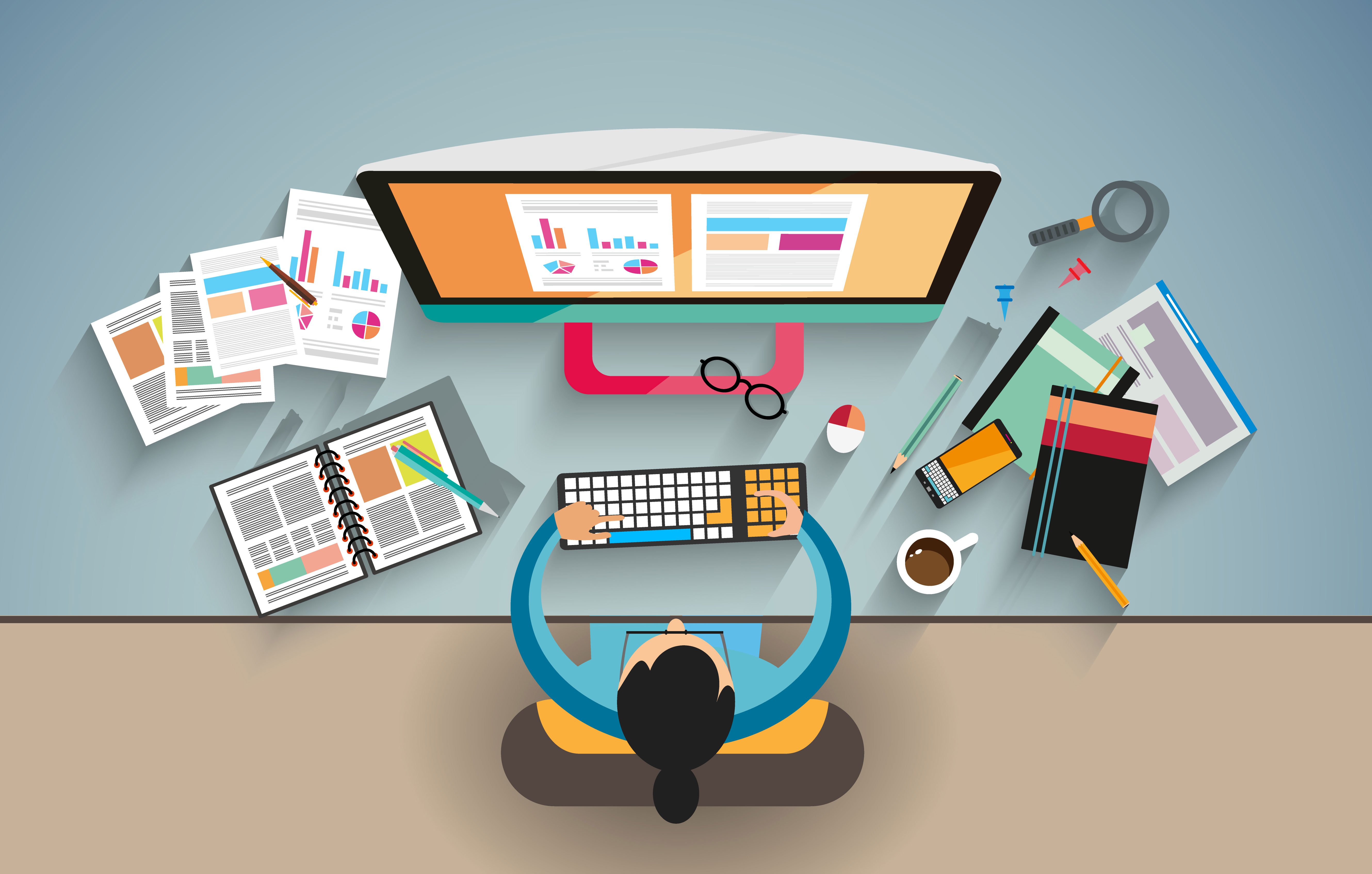Aligned Position Web Design: Stunning Websites Designed for Seamless User Experience
Aligned Position Web Design: Stunning Websites Designed for Seamless User Experience
Blog Article
The Very Best Kinds Of Website Design to Enhance User Experience and Involvement
In the ever-evolving landscape of electronic interaction, the effectiveness of Web layout dramatically affects individual experience and engagement. Numerous layout methods, such as minimal, responsive, and interactive layouts, each offer special benefits that can provide to diverse user needs.
Minimal Website Design
As electronic landscapes end up being significantly cluttered, minimalist website design has actually arised as an effective strategy to boosting user experience. This style ideology prioritizes simpleness, concentrating on essential elements while eliminating unnecessary distractions. By utilizing sufficient white area, straightforward navigation, and a limited color scheme, minimal layout cultivates clearness and guides individual interest to crucial content.
The core principle of minimalist Web style is to create a seamless communication for users. By reducing cognitive lots, customers can quickly grasp details without really feeling overwhelmed. This straight approach not just boosts functionality but also urges involvement, as site visitors are more probable to check out a site that is easy and visually enticing to browse.
In addition, minimalist design often emphasizes typography and imagery, utilizing these elements purposefully to share messages effectively. This focus on crucial components can boost brand name identification and produce a memorable customer experience. Essentially, minimal Web layout is not just a trend; it is a thoughtful method that acknowledges the significance of user-centered layout. By removing extraneous components, developers can develop an extra engaging, reliable, and enjoyable Web experience for all customers.
Receptive Website Design
In today's varied electronic environment, receptive website design has actually become important for developing a smooth customer experience throughout a multitude of gadgets. As users access web sites on smart devices, desktops, laptops, and tablets, the ability of a website to adapt its design and material to various screen dimensions and resolutions is important.
Responsive website design uses adaptable grids, pictures, and CSS media queries to ensure that Web material is presented efficiently, no matter the gadget used. This technique not only boosts the aesthetic allure of a web site but also substantially improves usability. Customers are more likely to engage with a website that uses a constant experience, as it removes the aggravation of needing to zoom in or scroll exceedingly.
By taking on receptive design, services can improve their exposure and reach a wider target market. In recap, responsive Web layout is an essential method that boosts user experience, engagement, and general complete satisfaction.
Interactive Website Design
Responsive website design lays the groundwork for boosting individual experience, however interactive website design takes this a step better by involving customers in a much more dynamic means - Aligned Position Web Design. By including components such as computer animations, clickable prototypes, and real-time feedback, interactive website design mesmerizes customers, drawing them into a richer surfing experience
This strategy not only promotes involvement however also urges users to explore content proactively instead of passively eating it. Methods such as gamification, where individuals gain rewards for finishing jobs, can significantly boost the moment spent on a website and improve overall fulfillment. Interactive attributes can simplify complicated details, a knockout post making it much more digestible and delightful.

Incorporating interactive layout aspects can also bring about greater conversion prices, as individuals are most likely to involve with a website that actively involves them. Aligned Position Web Design. Inevitably, interactive Web style transforms individual experiences into unforgettable journeys, making sure that site visitors return time and once again
Apartment Layout
Identified by its minimalistic strategy, flat design emphasizes her response simpleness and capability, removing away unnecessary components and focusing on vital functions. This layout viewpoint focuses on functionality, making certain that individuals can browse user interfaces effortlessly and efficiency. By employing a clean visual, flat design gets rid of the clutter typically found in a lot more ornate styles, consequently improving customer emphasis on material and functionality.
The characteristic of flat design depends on its usage of bold shades, basic typography, and geometric shapes. These components add to a visually attractive user interface that is both approachable and modern-day. In addition, flat design cultivates a feeling of clarity, permitting customers to determine necessary actions and details without disturbance.
Moreover, flat design is particularly reliable in responsive website design, as its simpleness equates well across different devices and display sizes. The lack of elaborate appearances and gradients lessens loading times, which is crucial for preserving user interaction. As digital landscapes remain to develop, level design stays a relevant selection for creating straightforward sites that boost overall experience. By concentrating on essential functions, level design not just fulfills user index requirements however also motivates smooth interaction, making it an important part of effective Web design strategies.
Flexible Web Design
Adaptive Web design personalizes the individual experience by producing multiple taken care of formats customized to various display dimensions and tools. Unlike receptive design, which fluidly adjusts a single layout, adaptive design employs distinct layouts for particular breakpoints, making certain optimum discussion on numerous systems. This technique enables developers to concentrate on the special attributes of each tool, improving functionality by providing precisely what customers require based upon their context.
One of the primary advantages of flexible website design is its capability to optimize lots times and performance. By offering customized material and images that fit the customer's device, websites can reduce information use and enhance loading rates. This is especially beneficial for users with slower links or minimal information strategies.

In addition, flexible layout helps with a more regulated and consistent branding experience. Since designers develop multiple designs, they can make certain that the aesthetic elements align with the brand name's identification across different platforms - Aligned Position Web Design. This causes a cohesive individual experience, enhancing engagement and promoting user retention
Verdict
To conclude, the integration of minimalist, responsive, and interactive Web design concepts considerably boosts user experience and engagement. Minimal style fosters quality and emphasis, while responsive style guarantees versatility throughout different devices, advertising availability. Interactive style astounds individuals with dynamic components, urging exploration and personalization. Jointly, these design comes close to add to the production of easy to use atmospheres that not only boost complete satisfaction however also drive greater conversion rates, emphasizing their crucial relevance in contemporary website design approaches.

Minimalist layout fosters clarity and emphasis, while receptive style makes certain versatility throughout various gadgets, advertising access. Collectively, these style comes close to contribute to the development of straightforward environments that not just improve fulfillment however likewise drive higher conversion prices, underscoring their vital value in contemporary Web design techniques.
Report this page